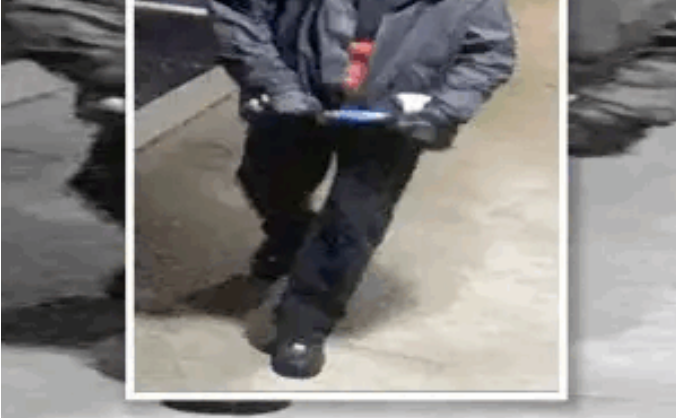The closer you approach the White House at night, the world seems to fold in on itself. The streets grow emptier with each block, the usual hum of city life fading to a tense quiet. Streetlights cast long, distorted shadows, and the occasional patrol car glides past, its siren silent. Tourists who flock here by day — cameras flashing, voices echoing — vanish almost entirely, leaving only the rhythm of security protocols and the measured steps of those charged with guarding the heart of the nation. On the rooftops and along the perimeter, vigilant eyes scan the darkness, aware that silence is rarely an indicator of safety. History has proven it often signals the opposite.
That fragile stillness was abruptly torn apart. Two National Guard members, positioned just blocks from the White House perimeter, came under fire in what appeared to be a sudden and unprovoked attack. The night, moments before serene, erupted into chaos. Shots rang out, echoing off government buildings and bouncing through the empty streets. Instinct took over as the guards returned fire, taking cover behind vehicles and barricades designed for such contingencies.
Initially, reports were fragmentary and confusing. Early dispatches spoke of a “disturbance” — a vague term that seemed inadequate to capture the intensity of what was unfolding. Then came murmurs of an “exchange of fire,” and whispers that a suspect had been detained. Each piece of information that emerged carried a heavier weight, suggesting that what had begun as a simple perimeter incident could have escalated into something far more serious.
Within minutes, the perimeter was swarming. Federal agents arrived from all directions, forming cordons and systematically clearing blocks, their flashlights sweeping the darkness with clinical precision. Snipers on rooftops assumed positions, scanning the streets below. Helicopters hovered overhead, their rotors chopping through the night, casting shifting shadows on the facades of government buildings. The city, usually a constant blur of movement, had become a study in controlled chaos, punctuated by moments of terrifying uncertainty.
Inside the White House, alarms sounded almost simultaneously with the gunfire. Staff were moved to secure locations, communication lines tightened, and emergency protocols initiated. Security briefings, usually reserved for the most sensitive threats, became immediate action plans. Every second stretched longer than the last, as decision-makers evaluated the unfolding situation, knowing that even the slightest misstep could carry national consequences.
As news slowly leaked out to the public, the initial confusion gave way to grim realization. The attack, however limited in scale, underscored a stark truth: no amount of surveillance, fencing, or procedure could guarantee absolute safety. Those who stood watch knew that the world outside the White House gates remained unpredictable, and that danger could erupt when least expected.
By the time the suspect was detained and the immediate threat neutralized, the streets returned to an uneasy calm. Yet the incident lingered in the minds of those who had witnessed it, a stark reminder that the White House, despite all its fortifications, exists in a world where threat and vigilance coexist in constant tension. The night may have resumed its quiet, but the memory of the gunfire — and the realization of vulnerability — would echo far longer than the fleeting shots themselves.
